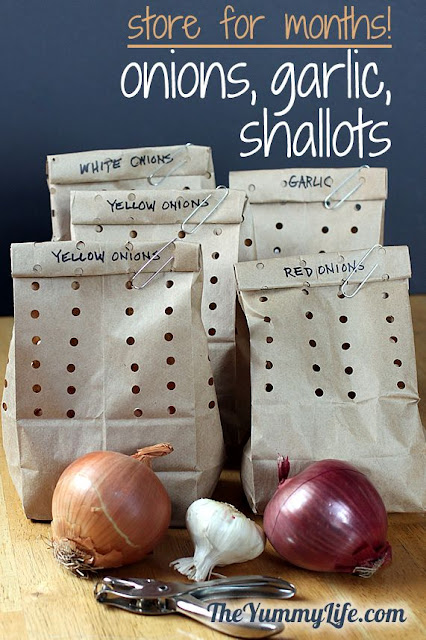Chinese Cuisine - Baozi
Baozi
Baozi are steamed buns in a variety of sizes
stuffed with a variety of fillings. These are great snacks that you'll find all
over China and you can always start an argument over which region produces the
most delicious. In the southwest or northwest, baozi are stuffed with pork; in
Sichuan, they can be spicy and dipped in hot sauce; around the Shanghai area,
you'll find vegetarian baozi filled with spinach and tofu.
Two types are found in most parts of China: Dabao, measuring about 10 cm across, served individually, and usually purchased for take-away. The other type, xiaobao, measure approximately 3 cm wide, and are most commonly eaten in restaurants. Each order consists of a steamer containing about 10 pieces. A small ceramic dish is provided for vinegar or soy sauce, both of which are available in bottles at the table, along with chilli paste.
Two types are found in most parts of China: Dabao, measuring about 10 cm across, served individually, and usually purchased for take-away. The other type, xiaobao, measure approximately 3 cm wide, and are most commonly eaten in restaurants. Each order consists of a steamer containing about 10 pieces. A small ceramic dish is provided for vinegar or soy sauce, both of which are available in bottles at the table, along with chilli paste.
In many Chinese cultures, these buns are a popular food, and widely available. While they can be eaten at any meal, bao are often eaten for breakfast. Due to the long history of Chinese immigrants in Malaysia, the Malays have adopted these buns as their own. A particularly Malay form of the baozi (called pau in Malay) is filled with potato curry, chicken curry or beef curry that are similar to the fillings of Malay curry puffs. Some variants have a quail egg in the middle, in addition to the curry. Due to the Muslim beliefs of Malays, these buns are usually halal. You can find Malay stalls selling the buns by the roadside, at pasar malams (night markets), highway rest stops and pasar Ramadans (Ramadan food bazaars).
There is a legend about the origin of Jiaozi. In the later years of the Eastern Han Period (Dong Han) an official called Zhang Zhongjing invented a kind of food to help poor people keep warm in cold winter containing hot pepper and some medicinal materials as the fillings.
Baozi, on the other hand, dates back almost 1,800 years. It is said that the history of baozi dates back to the Three Kingdoms period (220-280). Zhuge Liang (181-234), a military strategist of the time, was on an expedition to far South China when his army caught a plague. The incarnation of wisdom in Chinese history, he invented this meal shaped as a human head and made of flour and pork and beef to offer as a sacrifice and then as food to cure the soldiers' plague.
This food, originally called mantou (flour head), became a typical food of the Chinese people. In some parts of southern China, for example Shanghai, steamed bread, either with stuffing or not, is still called mantou. But in the north, people started to call stuffed buns baozi, with bao meaning "wrapping."
Here are the basics of Baozi to
help you differentiate the main varieties. The first five are all eaten on the
go, holding them with your hands, bite after bite !
· Dabao or “big bun” measures about
10 centimetres and is served individually. It is the most popular portable
snack or meal. Its consistency is fluffier and is generally stuffed with pork
meat or vegetables for the salty version, or with a red bean purée for the
sweet version. Eat it on the go, bite after bite, holding it with your hands !
· The Chashaobao or manapua is a
typical cantonese version, filled with barbecue-flavoured pork. You will find
this type in the Guangdong province of China and in Hong Kong.
· The Malay form of the baozi is called pau.
It is stuffed with potato curry, chicken curry, or beef curry. Some
variants might even have a quail egg in the middle.
·
The Vietnamese equivalent is named Banh bao.
·
In Hawaii, it is called manapua.
The following types are all eaten
using chopsticks, usually in one bite. Remember never to stick your chopsticks in one of them. It would
be taken as an insult by the restaurant owner!
· Xiaobao or “small bun” measures
about 5 centimetres wide and are served in a steamer containing, usually, three
pieces. They are commonly eaten in restaurants but can also be purchased as
take-away. Soy sauce, dark vinegar, chili paste, and fresh ginger are provided
as condiments to dip the bao into, using chopsticks.
· In Shanghai, the xialongbao is a small baozi filled
with a juicy broth and served with a straw. After “drinking” the delicious
broth, you can eat the bun using your chopsticks.
· One of my favorite, the zhimahbao, is a steamed
small bun filled with a black sesame paste. This sweet variety is generally
eaten at the end of the meal, as a desert.
· In occidental countries, the baozi becomes wonton,
dumplings or even ravioli.
Refrences :
http://grandtaste99.blogspot.co.id/2012/06/history-of-baozi-chinese-steamed-bun.html




Komentar
Posting Komentar